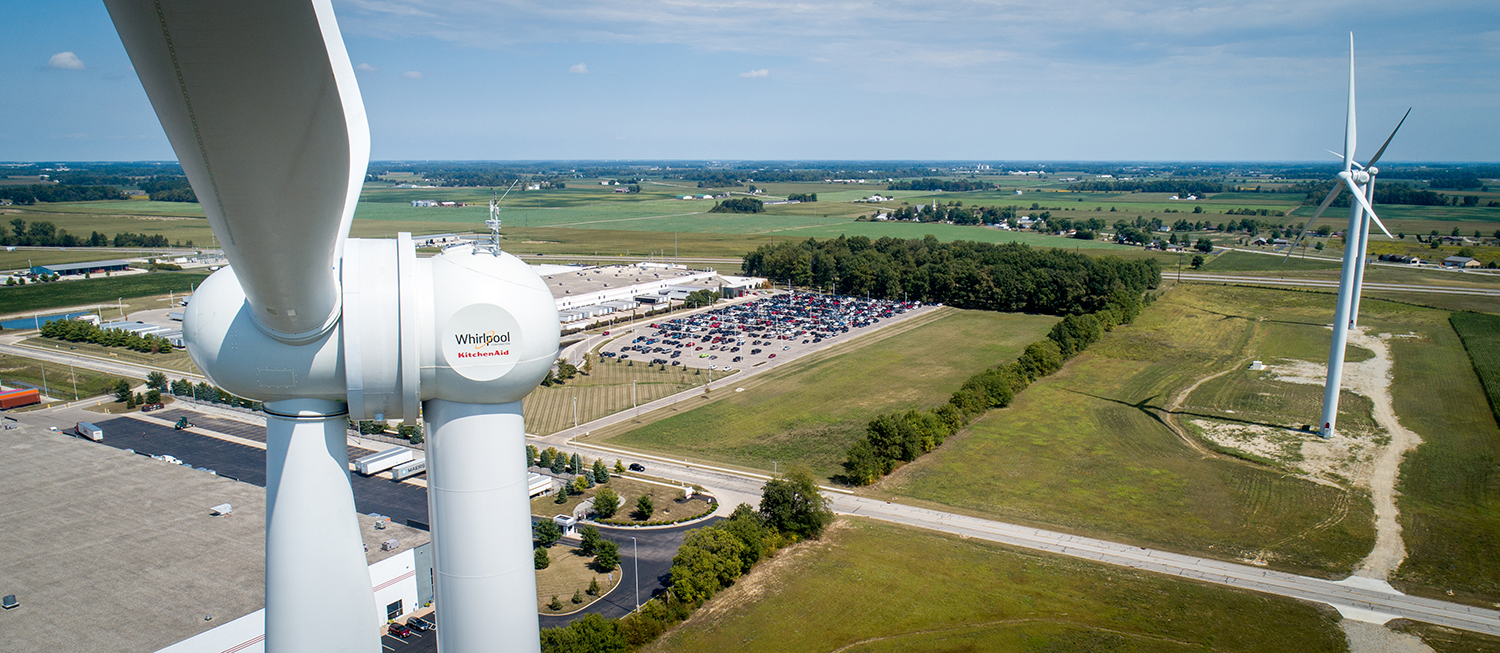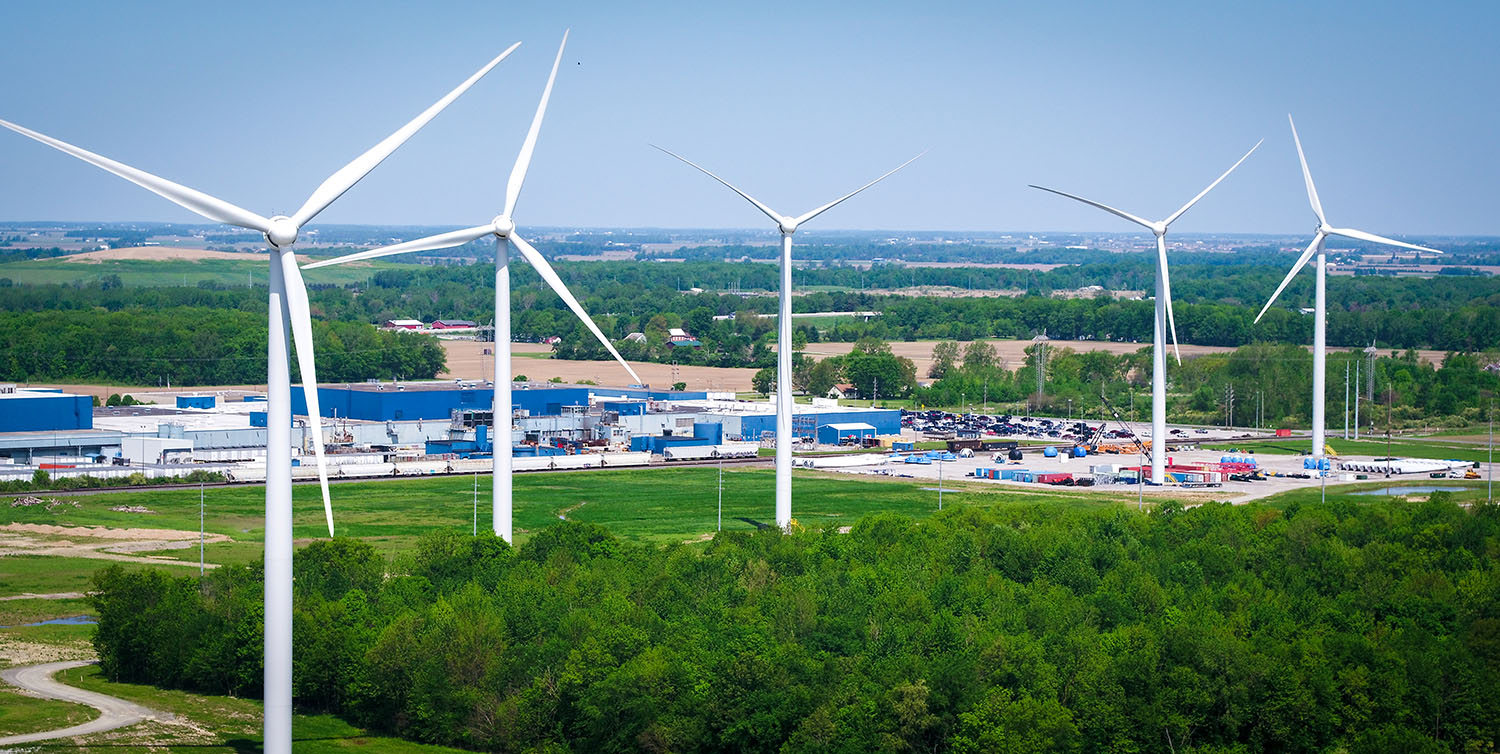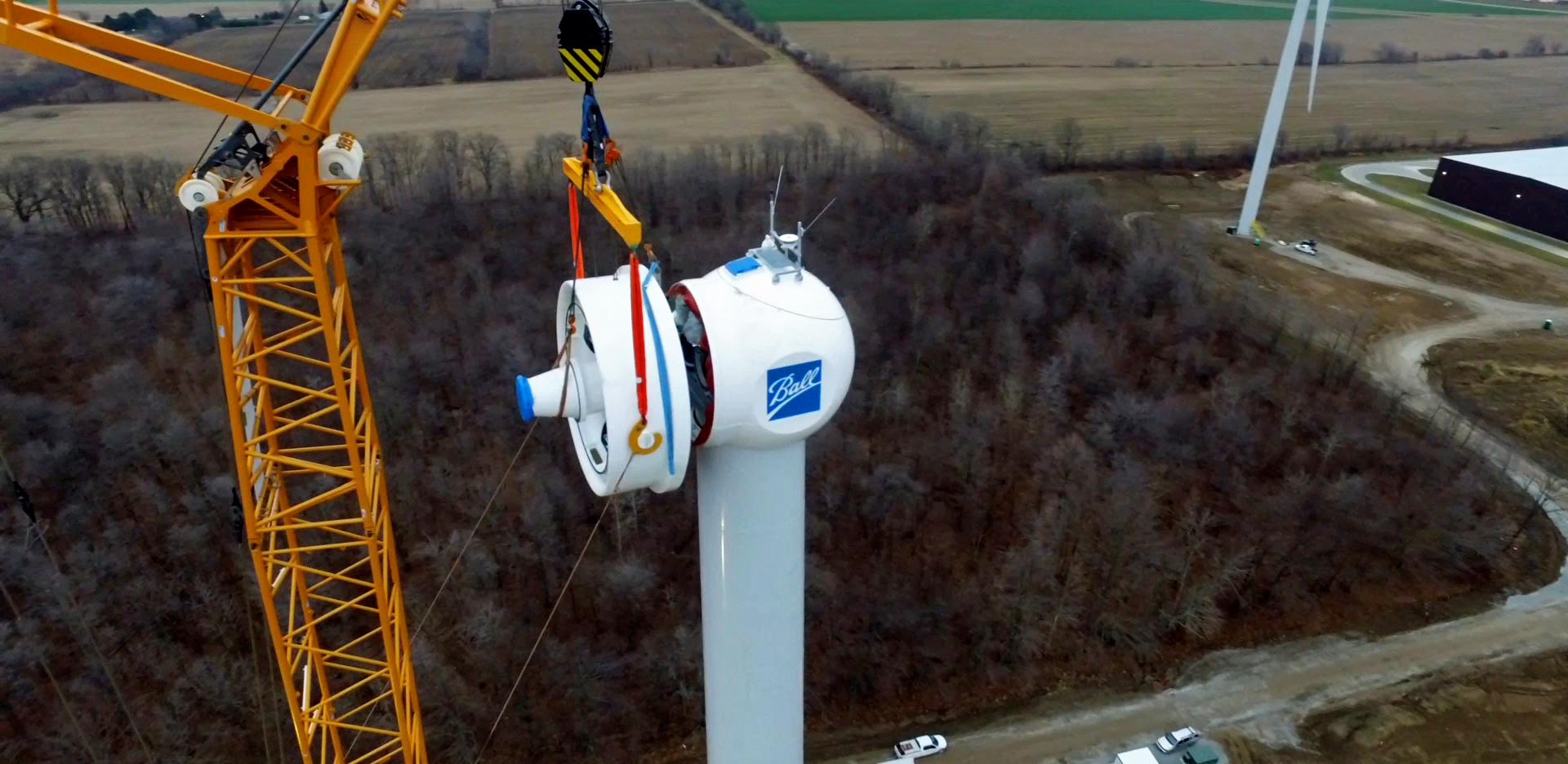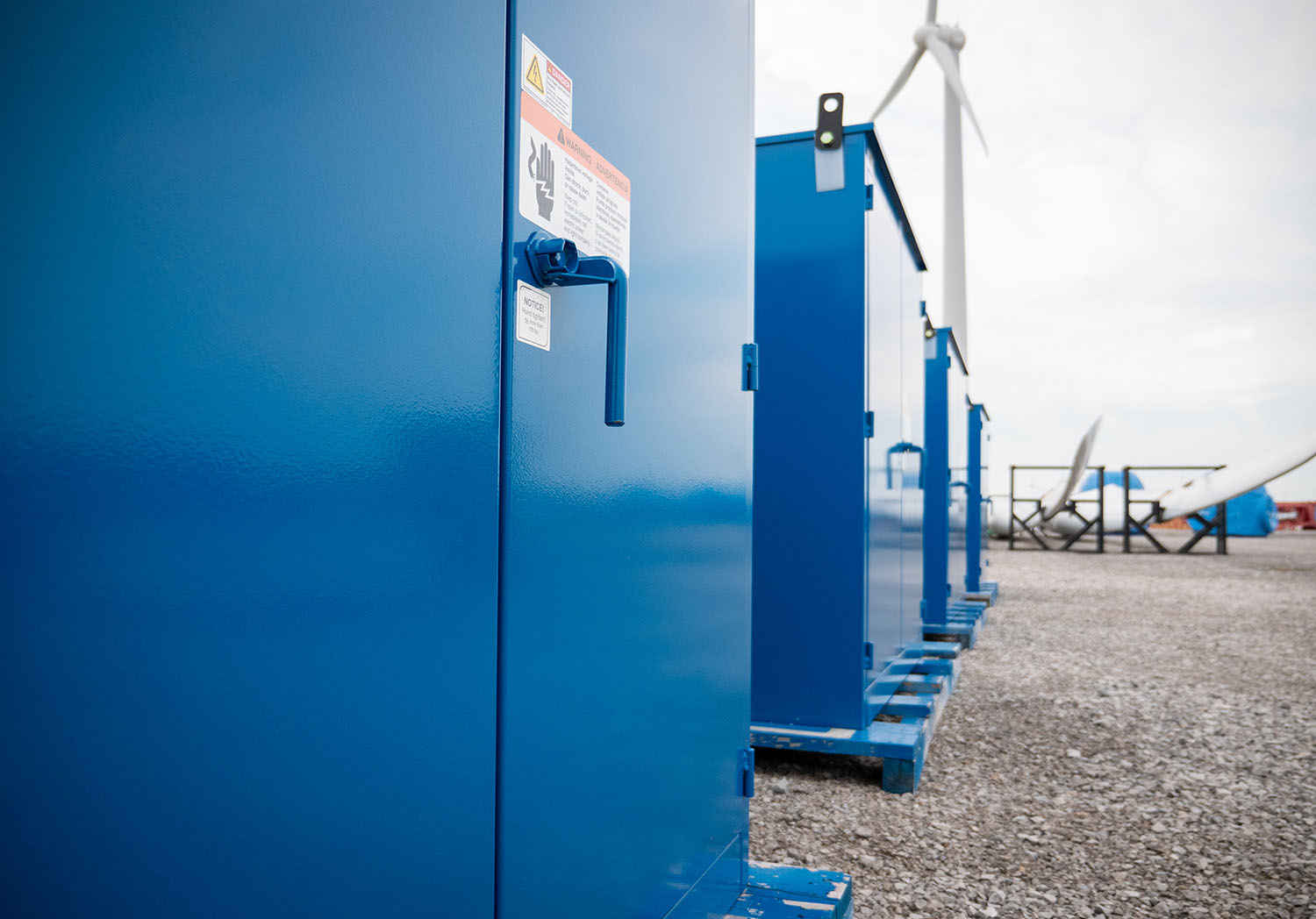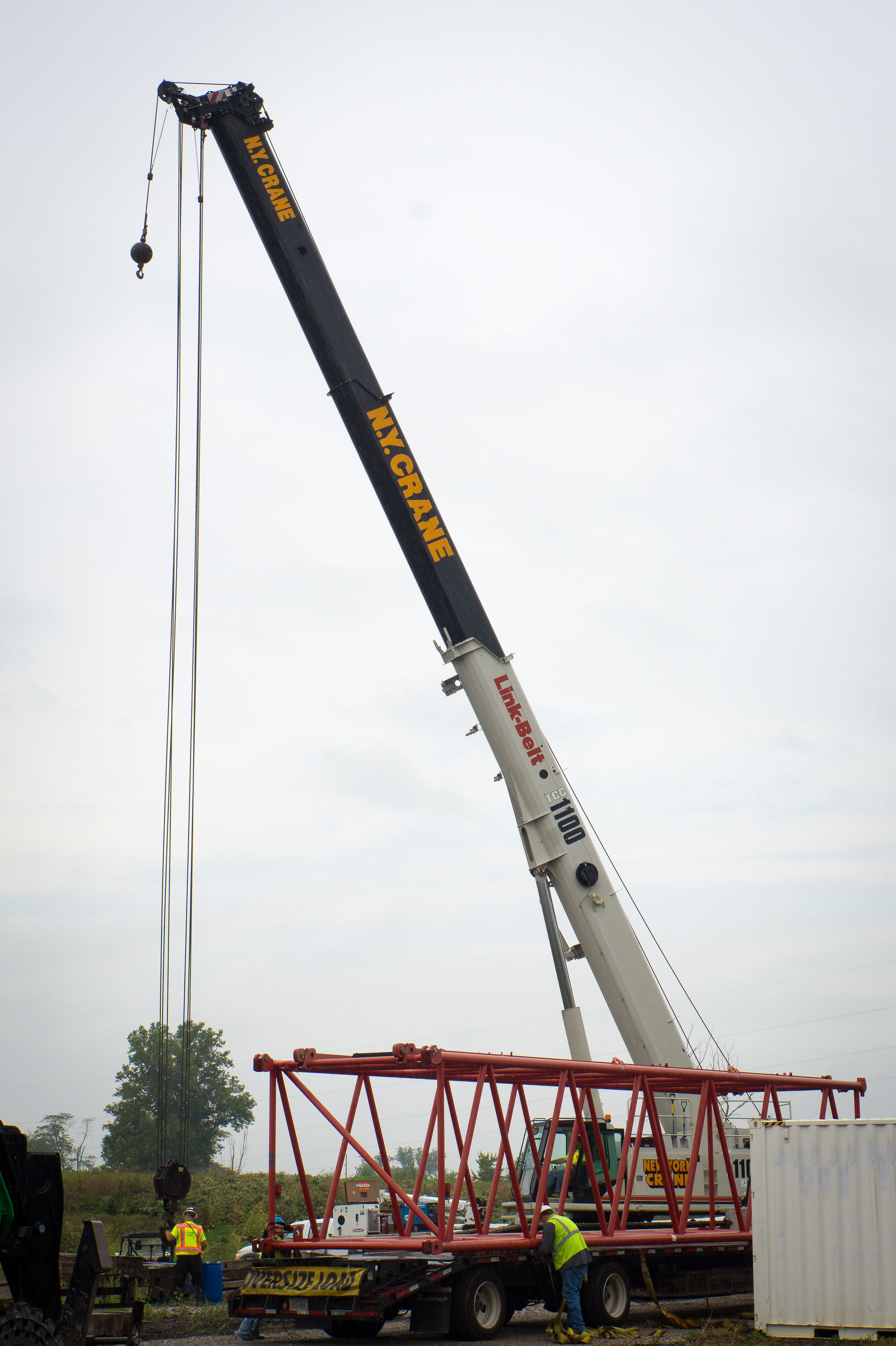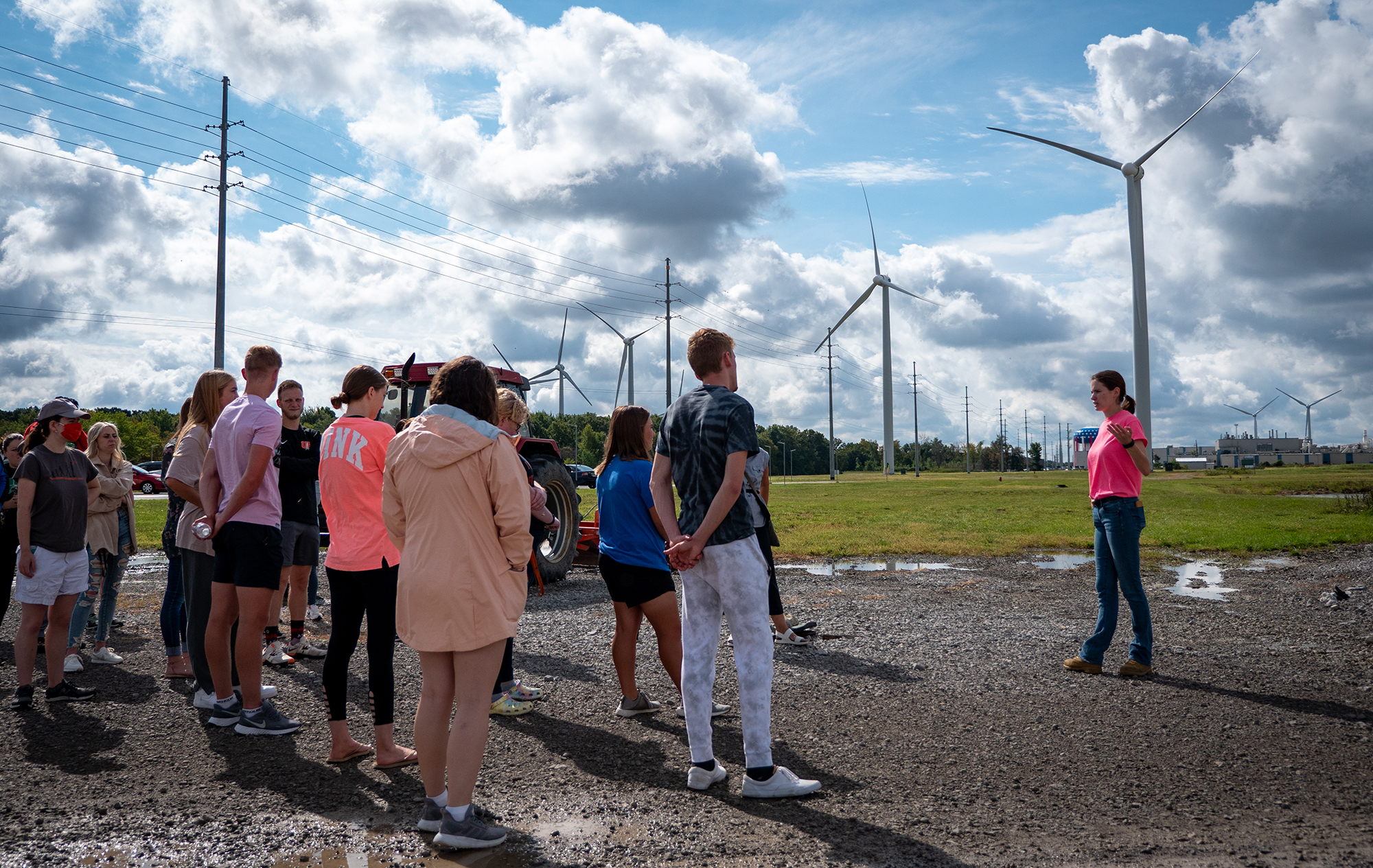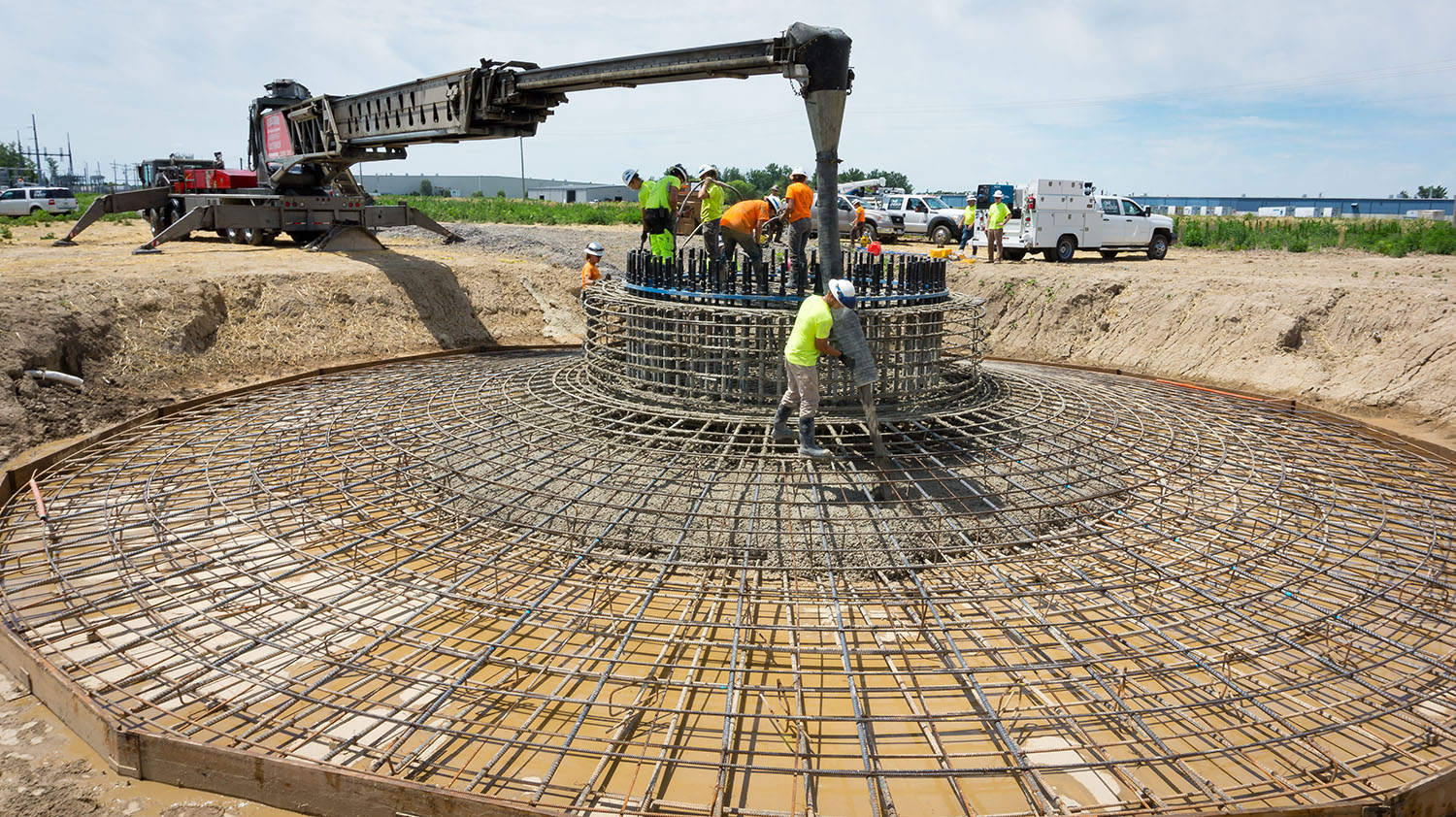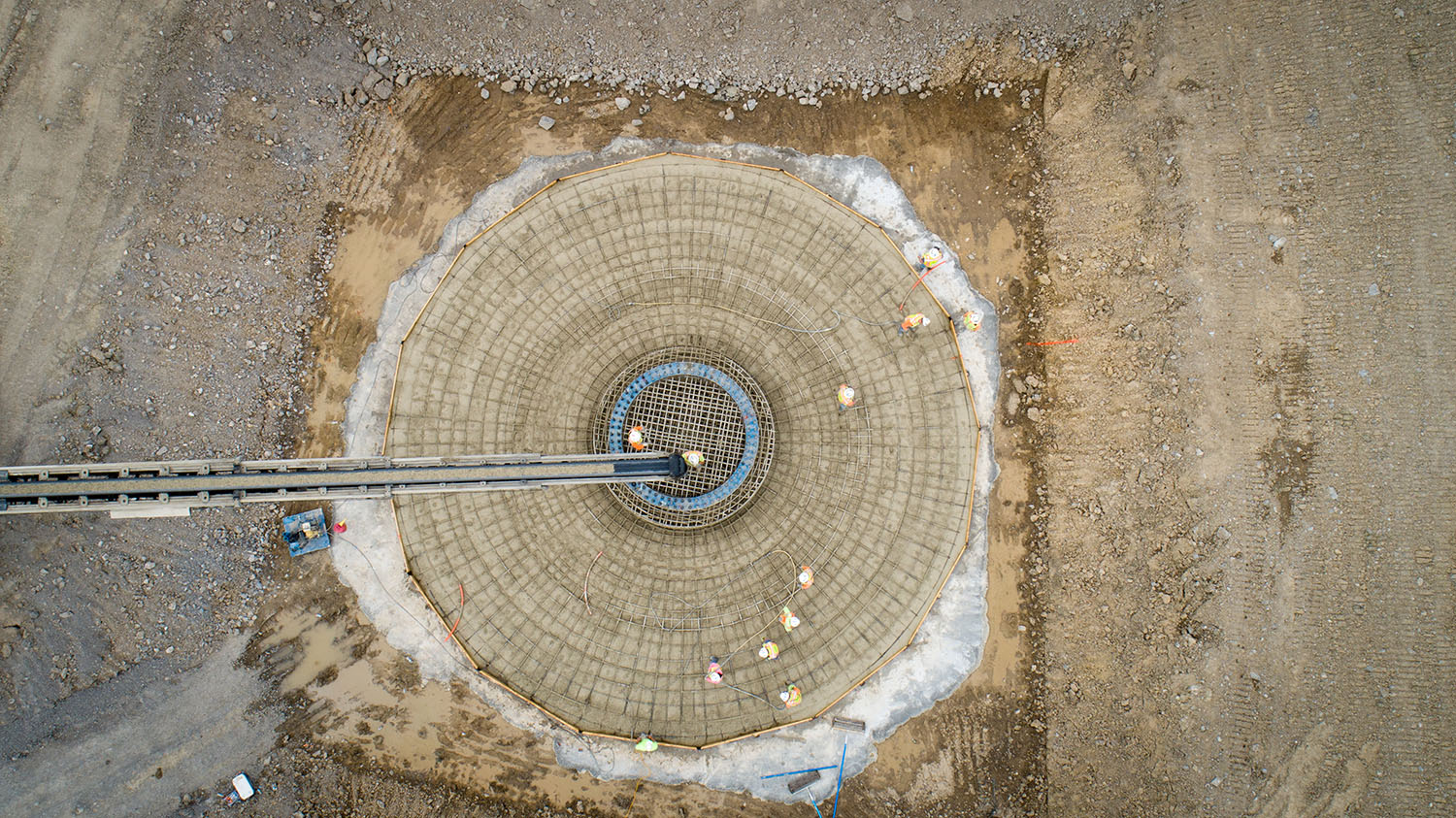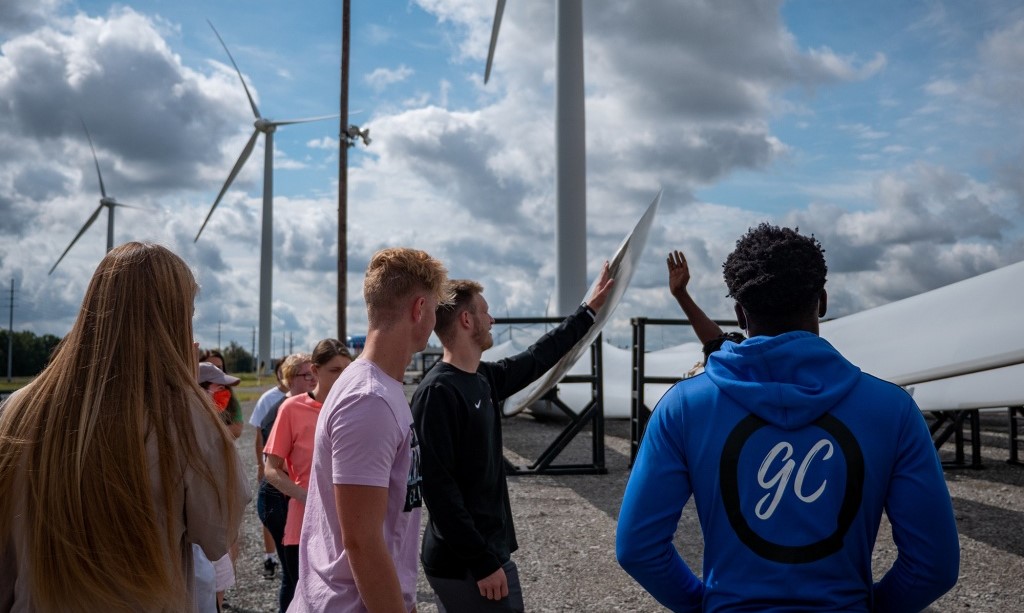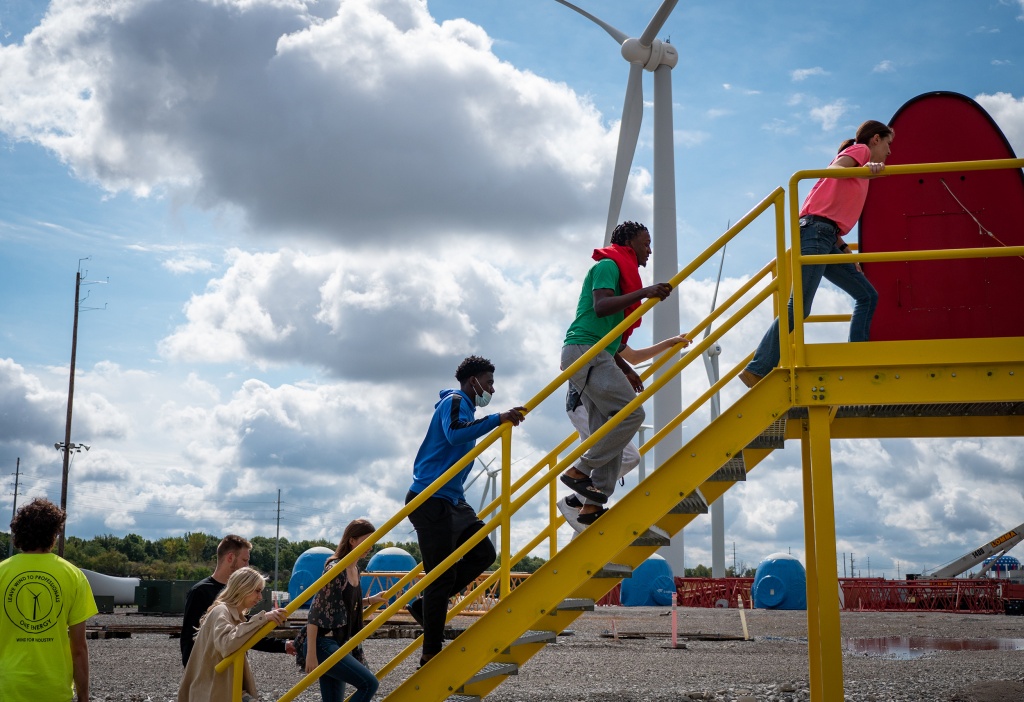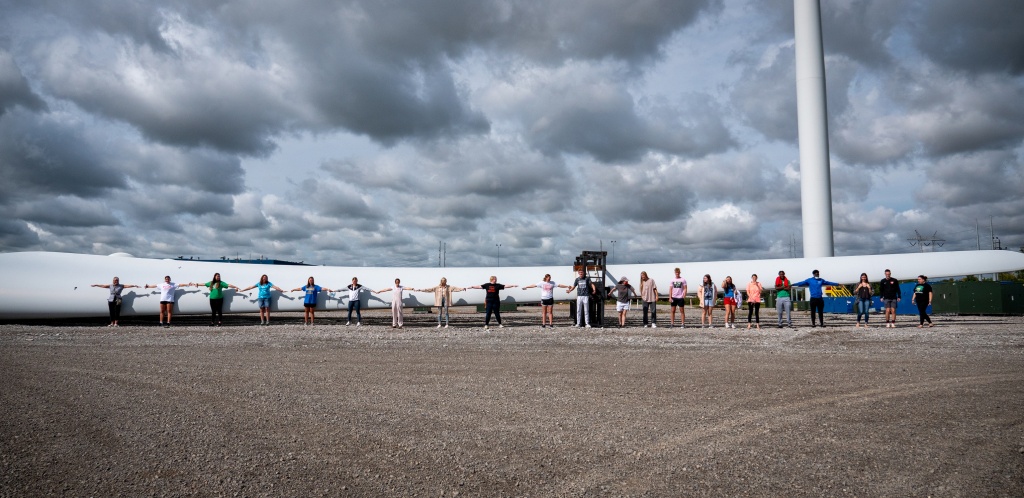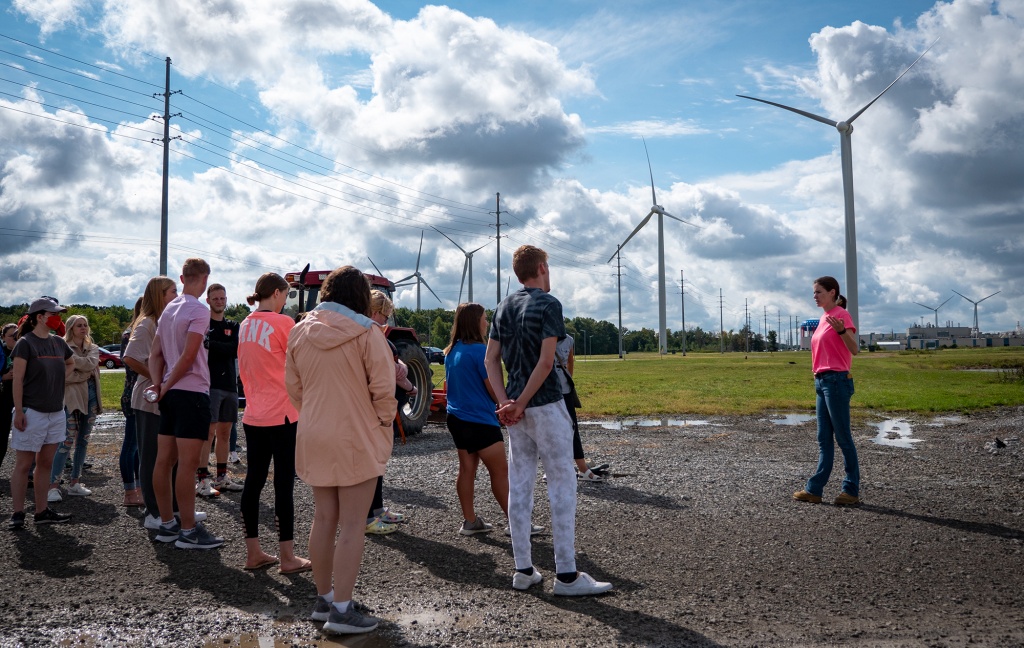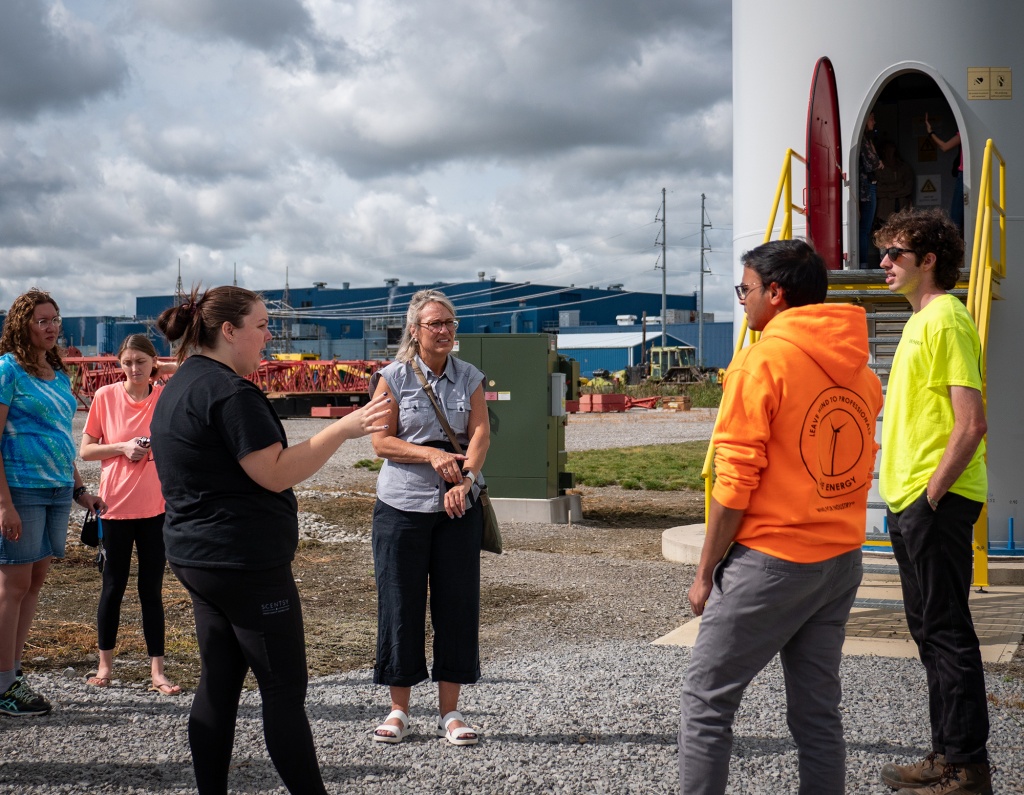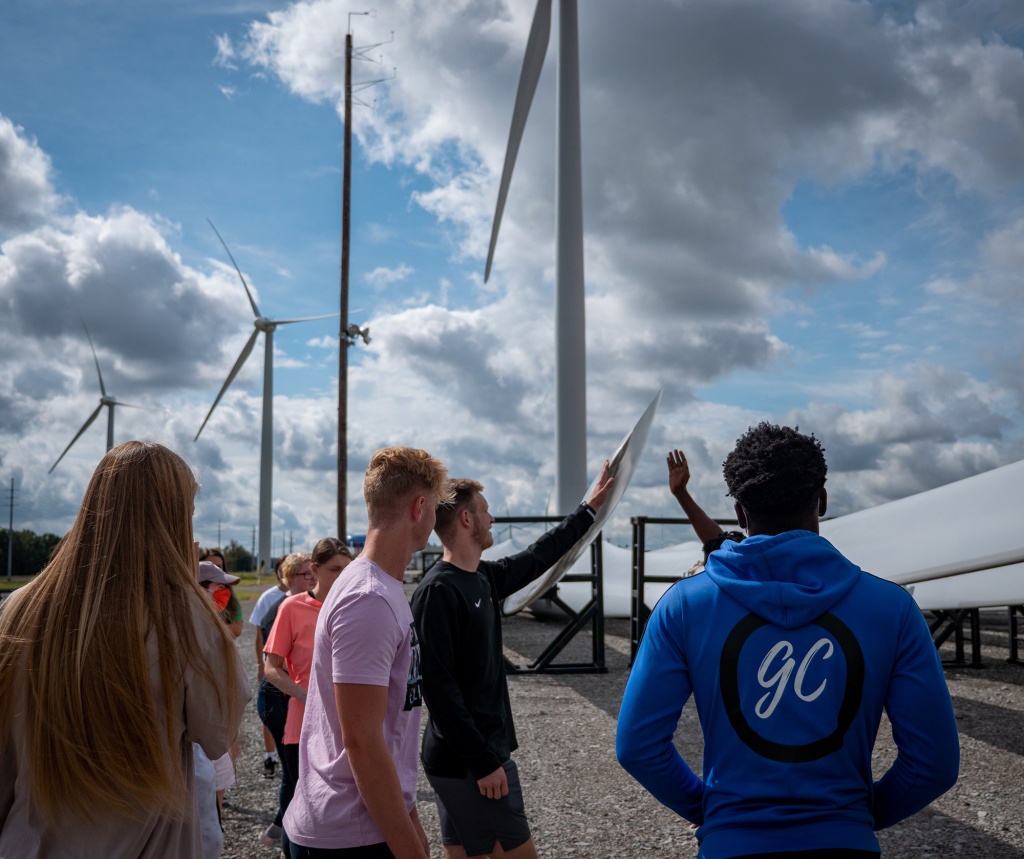ONE ENERGY FEED

SUBSCRIBE
CONNECT WITH US
News Filters
Filter By Category
A Day in the Life
Climb to the Top
Customer Announcement
Executive Thoughts
OE in the News
Press Releases
Safety Minute
Science Shorts
Technician Talk
Tours and Community
Wind Energy Facts
Wind Study
Wind Views
October 04, 2021 – Wind Study | Answer 24


October 01, 2021 – Science Shorts | Composite Materials


September 29, 2021 – Wind Views | Catching Wind


September 27, 2021 – Wind Study | Question 24


September 23, 2021 – Safety Minute | The Right Tools for the Right Jobs


September 22, 2021 – Wind Views | ManagedHV


September 20, 2021 – Wind Study | Answer 23


September 20, 2021 – “UF Class Tours One Energy’s Wind Turbine Component Yard” WFIN


September 15, 2021 – Wind Views | Wind Turbine Foundations


September 15, 2021 – A Tour for University of Findlay Students at the North Findlay Wind Campus


WHERE WOULD YOU LIKE TO GO NEXT?


